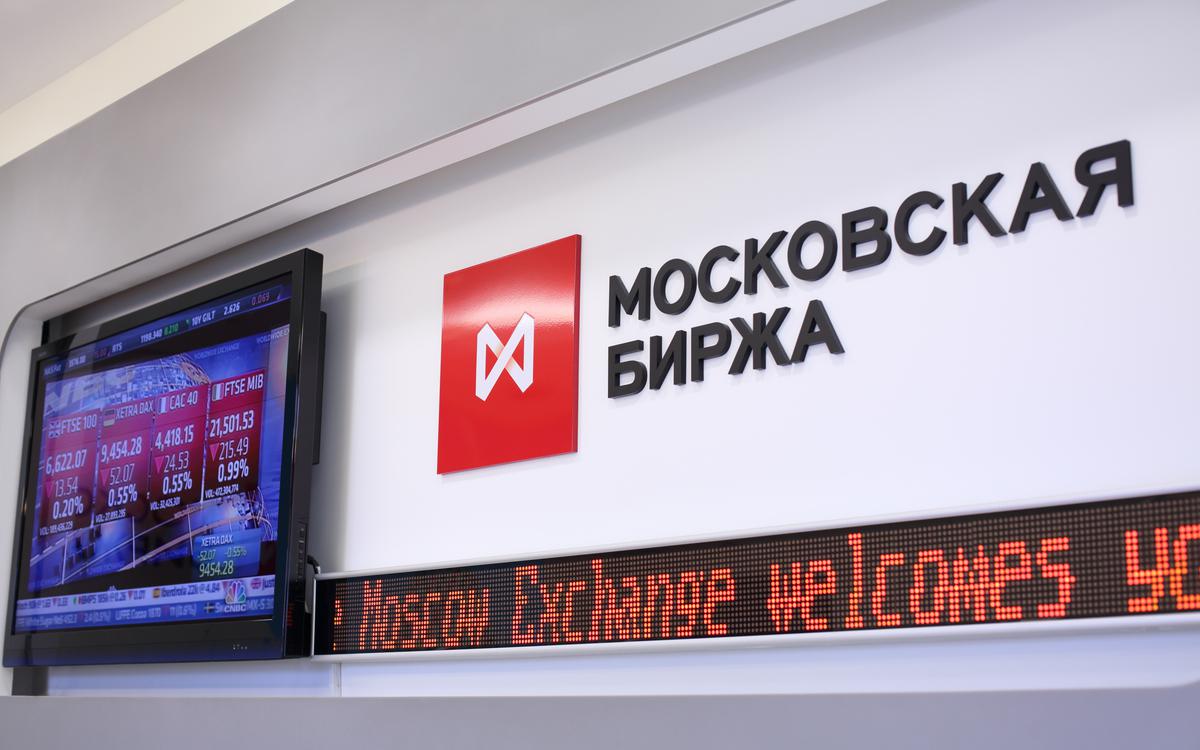Property Secured Loans: Terms, Risks, and Alternatives
Terms of Property Secured Loans
A property secured loan is one of the most reliable ways to attract significant capital. Historically, it originated from traditional mortgages, but today it differs in flexibility and speed of processing. Unlike classic mortgages, where the purpose is to purchase property, a secured loan allows borrowers to obtain funds for various needs: business projects, renovations, education, or covering unexpected expenses.
Loan Amount
The loan amount typically does not exceed 60-80% of the estimated (pawn shop) value of the property. However, in some countries, banks may be willing to lend up to 90% with a "white" credit history. The minimum amount starts from $5,000 to $10,000, depending on the region.
Loan Period
The loan period can range from 1 year to 15-20 years. Longer-term loans reduce the monthly burden but increase the total interest paid.
Interest Rate
On most developed markets, the effective interest rate for secured loans falls between 8-12% per annum. In developing economies, it can reach 15-18% due to increased risks.
Repayment Schedules
Two primary repayment schedules are available: annuity (equal payments) and differentiated (decreasing payments). The differentiated schedule reduces the total amount of interest paid but requires larger payments in the initial years.
Initial Payment
To increase the loan amount, banks often require an initial payment of 10-20% or accept multiple properties as collateral simultaneously.
Early Repayment
The majority of organisations allow early repayment without penalties in the first 3-6 months; thereafter, the fee ranges from 1-3% of the early repayment amount.
Digital Application Processing
FinTech platforms expedite the application process: in some banks, the entire process from application to pre-approval occurs online within 24-48 hours. This trend is particularly prevalent in Asia and Latin America.
Expert Insight
According to a senior analyst at XYZ, "The increasing competition among banks and FinTech companies is driving down rates on secured loans and expanding the range of available terms, making the product advantageous for both businesses and individuals."
Application Procedure and Required Documents
The process of obtaining a secured loan is more complex compared to unsecured loans and involves several mandatory steps.
1. Preliminary Application
Submit an online form or visit a bank office with identification, tax identification number (or a local equivalent), income statement, and data about the collateral property.
2. Initial Verification
The bank evaluates credit history, borrower solvency (debt load should not exceed 30-40% of income), and any legal disputes.
3. Property Valuation
Certified valuers examine location, condition, year of construction, and market trends. The cost of this service ranges from $100 to $500. Some platforms utilise automated Big Data algorithms for preliminary valuations.
4. Drafting Agreements
The legal department prepares the loan agreement and mortgage contract. Notarisation of the encumbrance is obligatory and costs 1.5-3% of the property value.
5. Registration of Encumbrance
In Russia, the mortgage is registered with the Rosreestr within 5-10 days; in the USA, a similar process can take up to a month in land registries.
6. Disbursement of Funds
Once registration is complete, the borrower receives the funds either via bank transfer or in cash.
Borrower Tips
To expedite the process, prepare a complete document package in advance, including previous income statements for the past two years, technical passport of the property, and registry extracts. This can cut review time by 30-40%.
Valuation and Selection of Collateral
A correct selection and thorough evaluation of the asset ensure the maximal loan amount and favourable terms.
Type of Property
A flat in a multi-storey building is the most liquid option. Following in liquidity are detached houses and commercial spaces. Land plots and garages have lower coefficients.
Location and Infrastructure
Properties in prestigious areas with developed infrastructure (schools, hospitals, transport) are valued higher.
Condition and Year of Construction
New constructions attract due to modern amenities, while older properties are assessed with discounts of up to 20%.
Legal Cleanliness
The absence of ownership disputes, unregistered renovations, and utility debts are prerequisites for securing the maximum amount.
Borrower Case Studies
In Thailand, a family business secured a loan against a flat and quickly recovered the project costs for equipment purchasing. In Poland, an investor mortgaged two properties and saved €20,000 in interest. In the USA, parents secured a loan against their home to pay for their child's education and restructured the debt after three years.
Risks and Safeguards for Borrowers
A property secured loan provides access to substantial capital but is associated with risks.
1. Declining Collateral Value
The housing market can fluctuate by 10-20% per year. If the value declines to the level of the remaining debt, the bank may request additional security or early repayment.
2. Legal Issues
Incomplete registration of renovations, legal disputes, and documentation errors can result in denial of the loan or blockage of the transaction.
3. Liquidity
In case of default, the bank is forced to sell the property at auction, where the average price is 20-30% lower than the market rate.
4. Additional Costs
Notary fees, registration, insurance can increase the effective rate by 3-6%.
5. Currency Risks
In the case of loans in foreign currencies, exchange rate fluctuations create additional budget pressure.
Protection Measures
Life and property insurance, fixing rates for 3-5 years, restructuring terms in case of a drop in collateral value, and monitoring the housing market can help mitigate risks.
Expert Recommendations
As noted by the head of the legal department at ABC Bank, it is "essential to include automatic restructuring conditions in the contract if the value drops by more than 15% and to include options for partial extension without additional valuation."
Alternatives to Property Secured Loans
1. Refinancing
Replacing the current mortgage with a new loan at a lower interest rate. This is effective with a "white" credit history.
2. P2P Lending
Platforms connect private investors and borrowers. Interest rates range from 12-20%, with processing times of 1-3 days without collateral.
3. Auto Secured Loan
A quick process (1-2 days), amounts up to $20,000, interest rates of 10-15%.
4. Microloans
Amounts up to $5,000 at 30-60% for up to one year. Suitable for small expenses.
5. Credit Cards
Limits up to $30,000, grace periods up to 55 days, interest rates of 15-25%, with penalties for late payments rising to 100% per annum.
Technological Solutions
PropTech companies are implementing blockchain for secure storage of title documents and expediting the registration of encumbrances, promising to reduce costs and processing time by 20-30% over the next two years.
How to Choose the Optimal Option
1. Determine Amount and Term
For large long-term goals, a secured loan is suitable; for smaller needs, unsecured products are better.
2. Calculate Effective Interest Rate (APR)
Consider fees and insurance, not just the base interest rate.
3. Assess Risks
Calculate the ability to repay debt under adverse market and currency scenarios.
4. Limit Debt Load
Do not exceed 30-40% of monthly income on servicing all debts.
5. Compare Offers
Analyse terms at banks and FinTech platforms – processing speed is often faster, but interest rates may be higher.
Industry Advice
A payment consultant from Deloitte recommends, "Use digital services to obtain preliminary calculations of terms and risk assessments before submitting the main application to save time and secure better rates."
Market Trends and Regional Features
USA and Europe
Large banks offer low rates and flexible restructuring options but impose high income and history requirements.
Asia
Fast FinTech solutions allow loan processing in 1-2 days, with rates higher by 2-3 percentage points due to operational risks.
Latin America
P2P platforms are actively growing amid distrust towards traditional banks, providing loans without collateral and extensive documentation.
Russia and CIS
Interest rates range from 12-15%, with online evaluation and digital registration in Rosreestr, which expedites the process.
Future of the Market
Analysts project that by 2027, the volume of secured loans will increase by 30% due to the implementation of artificial intelligence for risk assessment and process automation.
Conclusions and Recommendations
A property secured loan remains a reliable and advantageous tool for attracting substantial capital. It is essential to carefully verify the legal cleanliness of the property, calculate all associated expenses, and ensure liquidity reserves in case of market changes. Consider alternatives: refinancing, P2P loans, or auto loans if a secured loan seems too risky. This approach will allow you to choose the optimal financial instrument and minimise risks.
Key Steps
Prepare a complete document package in advance, compare rate offers from digital platforms and traditional banks, insure the property, and include restructuring options in the contract.




